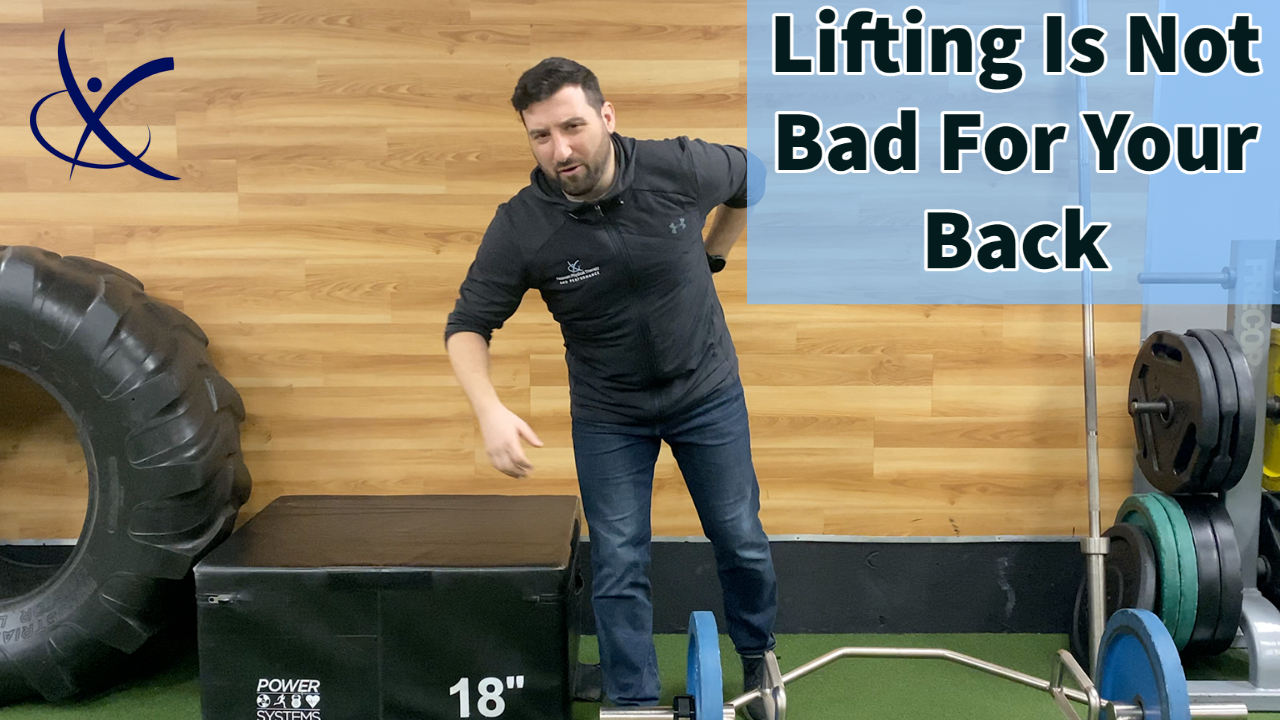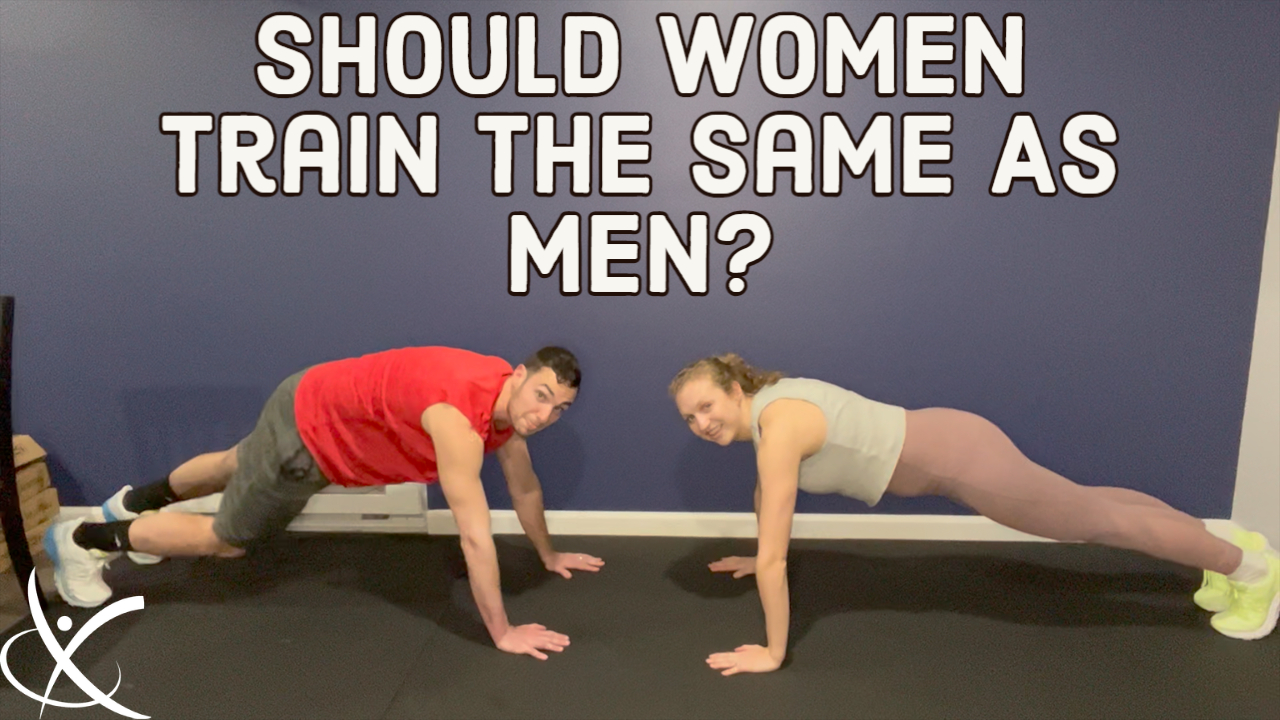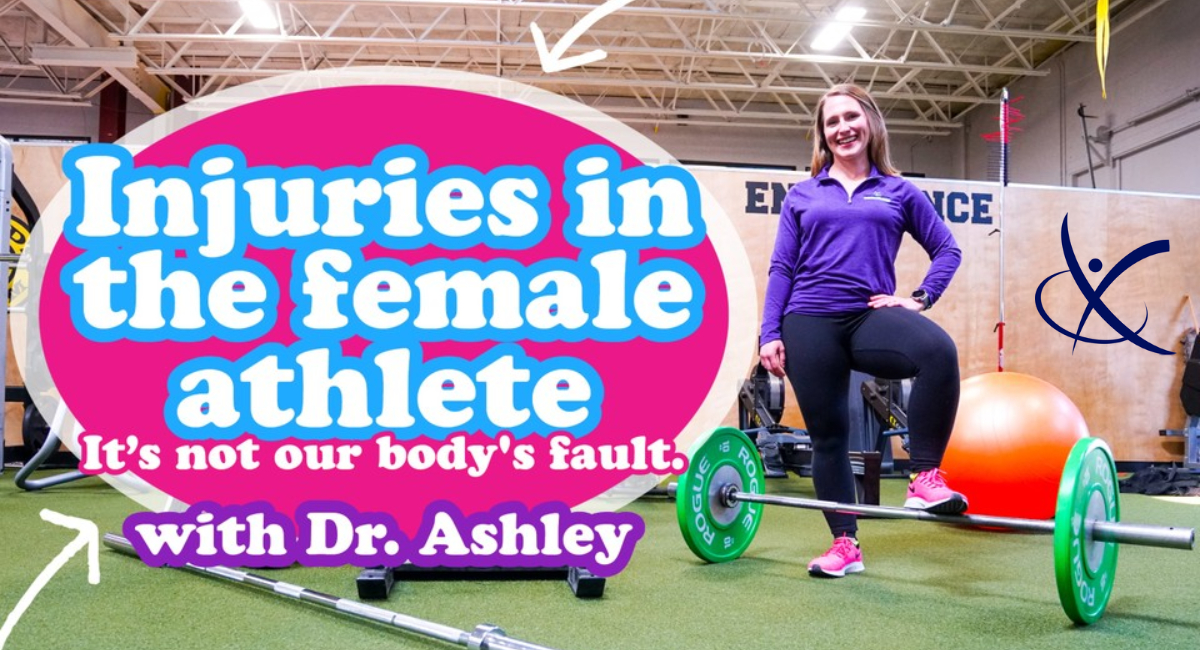
3 Heavy Lifting Moves for a Strong Back
April 2, 2022
Should women train the same as men?
April 16, 2022THIS ONE’S FOR THE WOMEN!
It’s not our body’s fault
Although this may not come out in the month of March, I wanted to take a moment to recognize Women’s History Month! Cheers to all of my fellow ladies out there!
Fun fact: Did you know that 1900 was the first year female athletes participated in the Olympic Games? That year, 22 female athletes competed in sports such as tennis, equestrian, and croquet! During the 2020 Summer Olympics in Tokyo, almost half of the athletes (~5,400 individuals) were women!
Each year, the number of female athletes participating in sports increases. Unfortunately, that also means the number of sports-related injuries increases amongst female athletes. The most common injuries experienced by female athletes include ankle sprains, shoulder tendinitis & instability, knee injuries (ACL tears, patellofemoral pain syndrome), and stress fractures. How many of these have you had? I can cross every-single-one off of my list. How about you?
It’s unfortunate that in 2022 with all of the knowledge we have about creating resilient female athletes, women are still more likely to have sports-related injuries than their male counterparts. But, why is that?
Is it the way that our bodies are made? Do our hormones cause too much laxity? Is it that we’re not as strong or as capable as men?
Nope, nope and nope.
It’s not our anatomy or Q-angle that puts us at risk. It’s not estrogen, progesterone, and relaxin. It’s not our mindset or muscle make-up. In fact, it’s much more complicated than that.
May some of these things affect the way our bodies function, absolutely. However, based on research we cannot say that there is a direct correlation between female anatomy, cyclical hormone fluctuations, and injury. These are all still very much in question. In fact, one thing known to be true is loss of normalized cyclical hormone fluctuations or loss of menses does increase an athlete’s injury risk. So, when estrogen is not cycling regularly causing an increase in things such as collagen and elastin, females are actually more likely to get injured. Think about that!
Instead of blaming the way our bodies are made or our natural cycle of hormones, we have to look elsewhere! Ultimately, we need to think about strength training, neuromuscular coordination, body awareness, and motor skill development.
Preconceived notions about the female body and strength need to change. Women should feel empowered to enter a weight room or gym. In fact, it has been shown that early strength, jump and deceleration training can significantly decrease a female athlete’s injury rate throughout her lifespan. Bodyweight and high rep training are not enough. Is that what our male counterparts do when training for sport?
So, what if instead of believing our bodies are to blame, we start treating them differently. We can no longer blame body structure, hormones, or any of the gamut of things we have been told cause injury. Instead, let’s start focusing on empowering females and teaching them how to enter a weight room. Let’s emphasize the importance of early strength training in the development of the female athlete. Oh, and let’s not forget to chat about periods too.
We are remarkable creatures with exemplary talents. We can achieve whatever we put our minds to. Let’s start doing that to help us stay healthy and injury-free over time.
So, in 2022, I hope you learn to lift weights and get comfortable doing the uncomfortable. In fact, I would love to see you video yourself doing something new! So, if you’ve learned a new lift or challenged yourself in a new way, shoot us a message! We always love to hear about it.
Here’s to healthy female athletes.
Cheers!
Dr. Ashley





